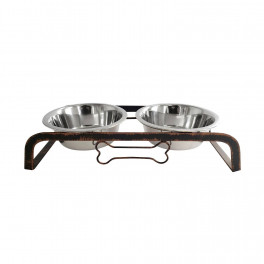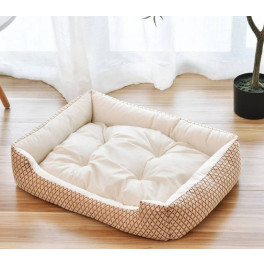If you love plants, but also love your pets, your options are limited to pet-friendly houseplants to keep Rover safe. Poinsettias are famously poisonous. Other plants that are out for dog and cat owners include aloe vera, croton, English ivy, and philodendron.
So how can you still bring green inside while also keeping your home safe for your four-legged friends? Here’s a list of some of the most beautiful yet animal-safe houseplants. They’re easy to care for, too!
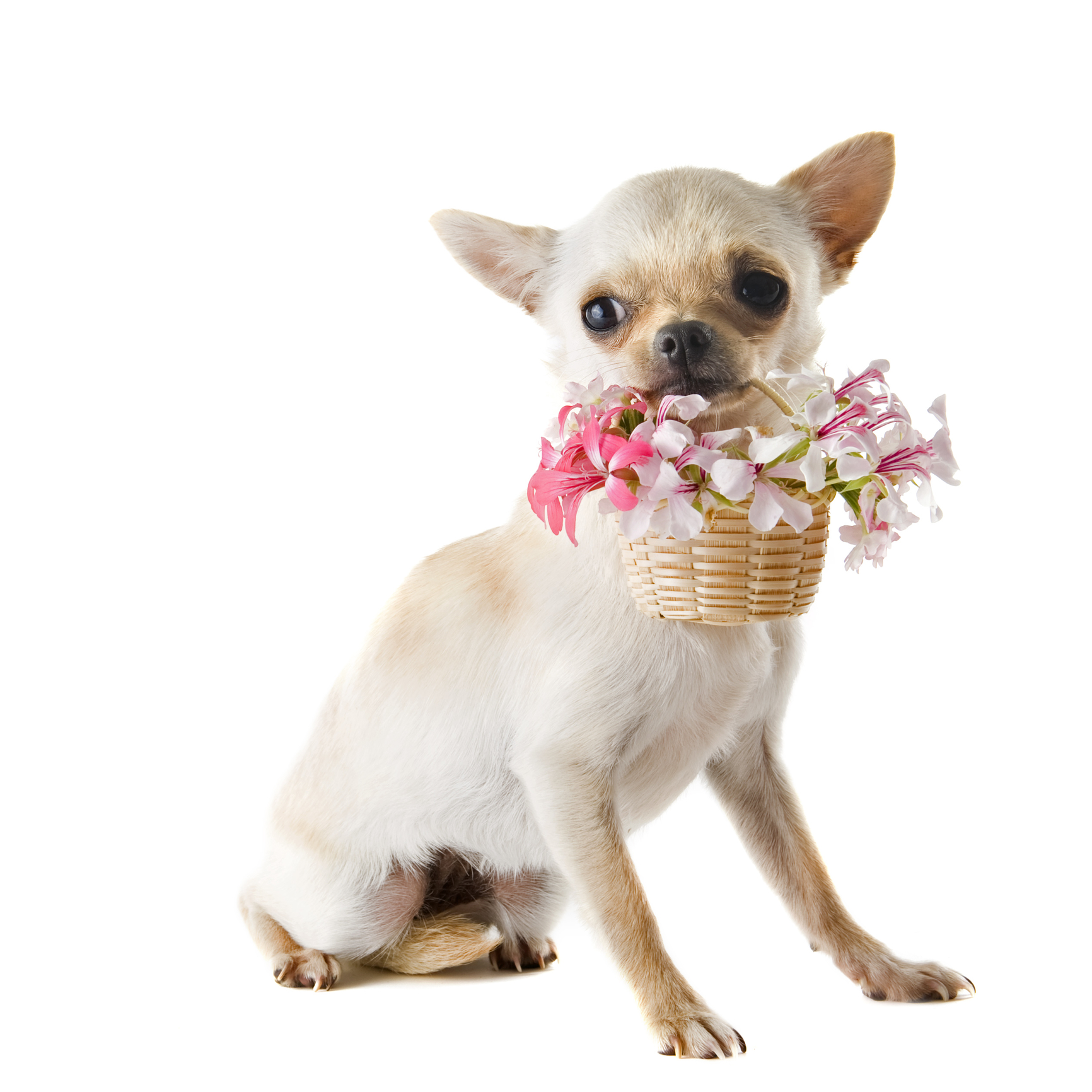
Photo by cynoclub on Shutterstock
1. Spider Plant AKA Airplane Plant, St. Bernard's Lily, Spider Ivy, and Ribbon Plants (Chlorophytum Comosum)
The spider plant is a famously lush herb that easily propagates on its own, giving it a perennially thick and healthy look. They’re also good at storing nutrients, making them ideal for people who sometimes forget to water their plants.
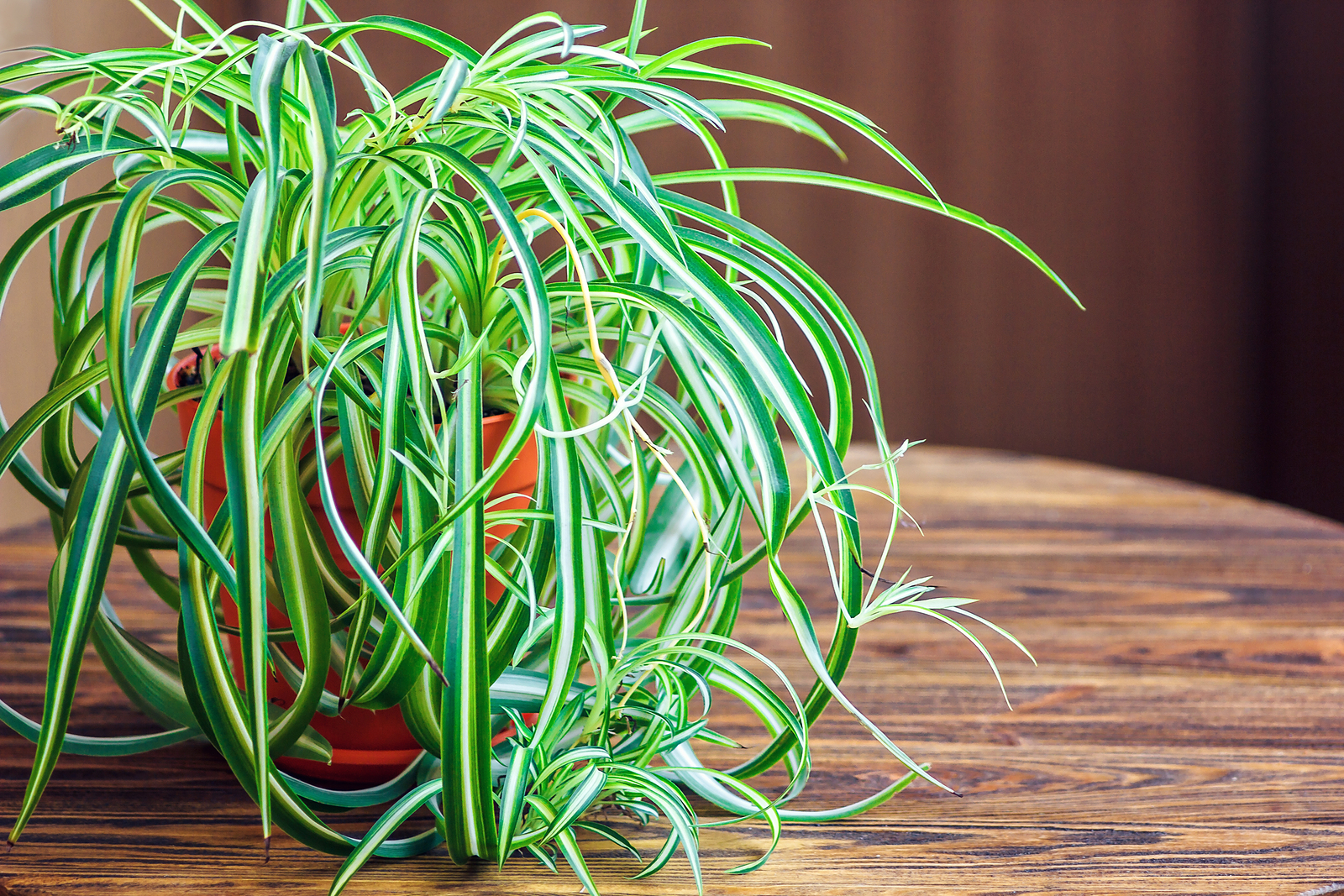
Photo by Bozhena Melnyk on Shutterstock
Spider plants look great in hanging pots, in a sconce, or on a shelf that allows their long flowering stems to show off their “babies.” The babies can also be potted on their own once they have roots, and can start their own “families” within a year.
You may also want to look into the “Bonnie” form of the variegated spider plant. The Bonnie type looks similar to the regular spider plant, but has tightly-curled foliage. Bonnie is quickly becoming a popular variety because they’re more compact in size than regular spider plants, making them ideal if you don’t have much space.
2. Geraniums AKA Storksbills (Pelargonium)
Although they're outdoor plants, geraniums are a longtime favorite of indoor gardeners because they also thrive as permanent houseplants, and their beautiful flowers come in a range of colors, including white, pink, red, orange, and purple. Geraniums are easy to grow and have a pleasing scent as well.
For the best results, plant geraniums in a soil-less potting mixture in a container with drainage holes. To avoid rot, don't put a plate beneath the planting container unless you cover the plate with pebbles to keep away excess water. Geraniums should be left to dry between waterings, and then thoroughly watered. In the winter, they should be watered much less, but not so much that their roots dry out. An ideal location for geraniums gets 4-6 hours of daily sunlight.
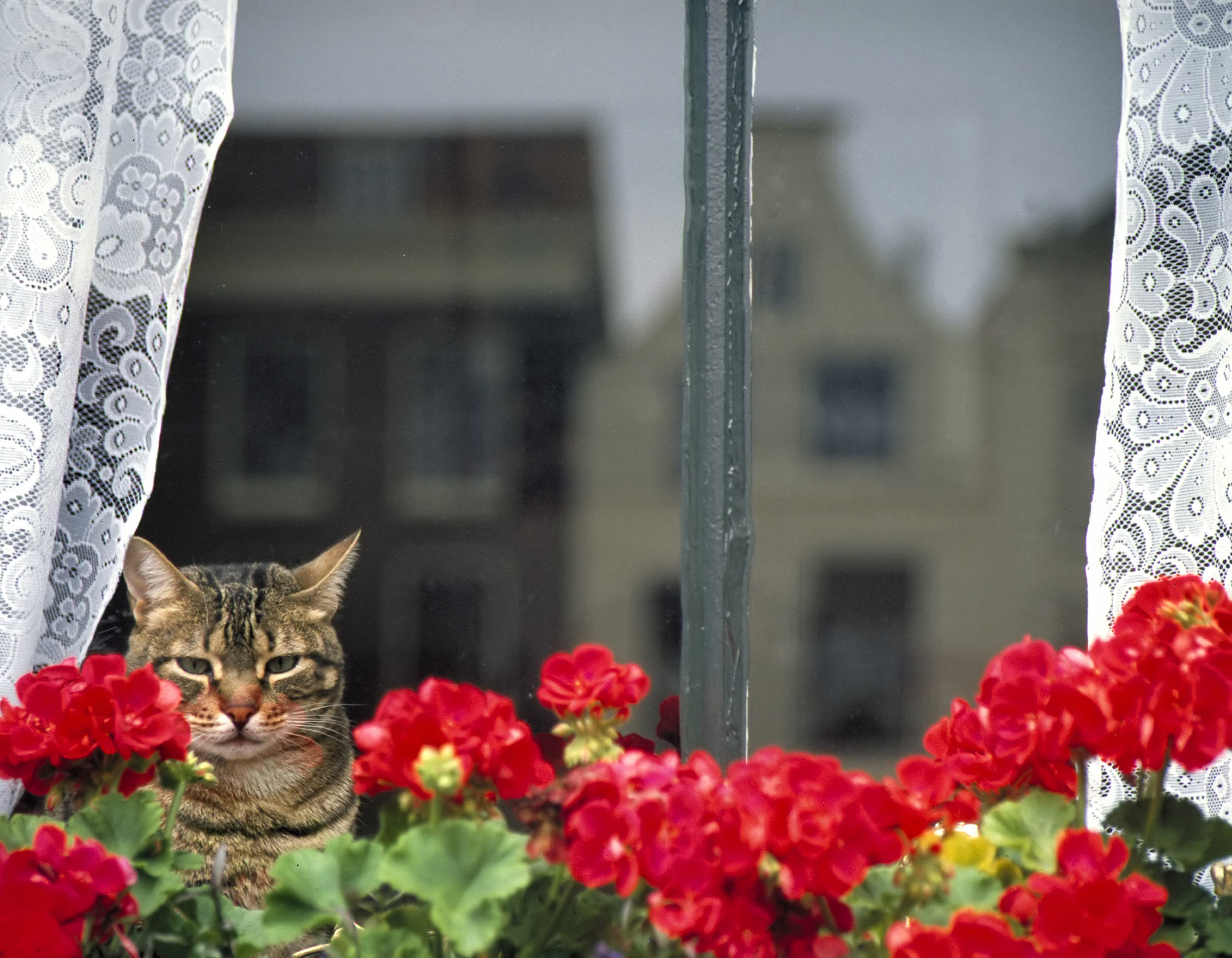
Photo by robert paul van beets on Shutterstock
Provide nutrients to your geraniums every two weeks or so during the spring and summer with a water-soluble fertilizer at half-strength. Remove the flower heads once they’re dead, and trim the leaves back so the stems don’t get too leggy.
3. Jade Plant AKA Friendship Tree, Lucky Plant, and Money Tree (Crassula Ovata)
Much of the jade plant's popularity stems from the low level of care it needs. Jade plants require little water, and can survive in most indoor conditions.
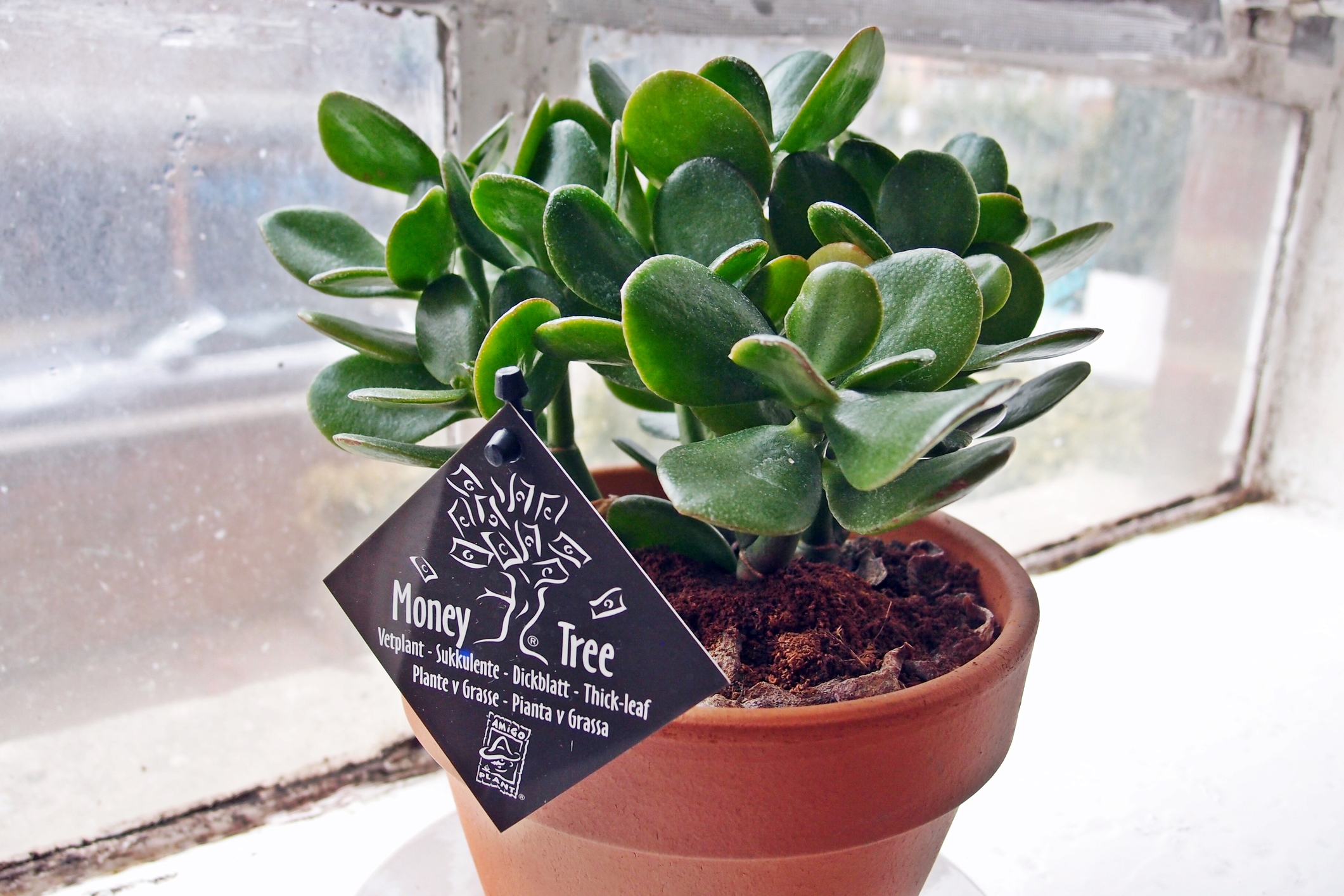
Photo by Walllee18 on Dreamstime
They have thick, shiny, and smooth jade-green leaves that grow in opposing pairs along the branches. Some varieties may develop a red tinge on the edges of leaves when exposed to high levels of sunlight.
Jade plants love lots of sun and will produce small white or pink star-like flowers in the spring and summer. They only need fertilizer every six months (mixed in with its water, not applied separately).
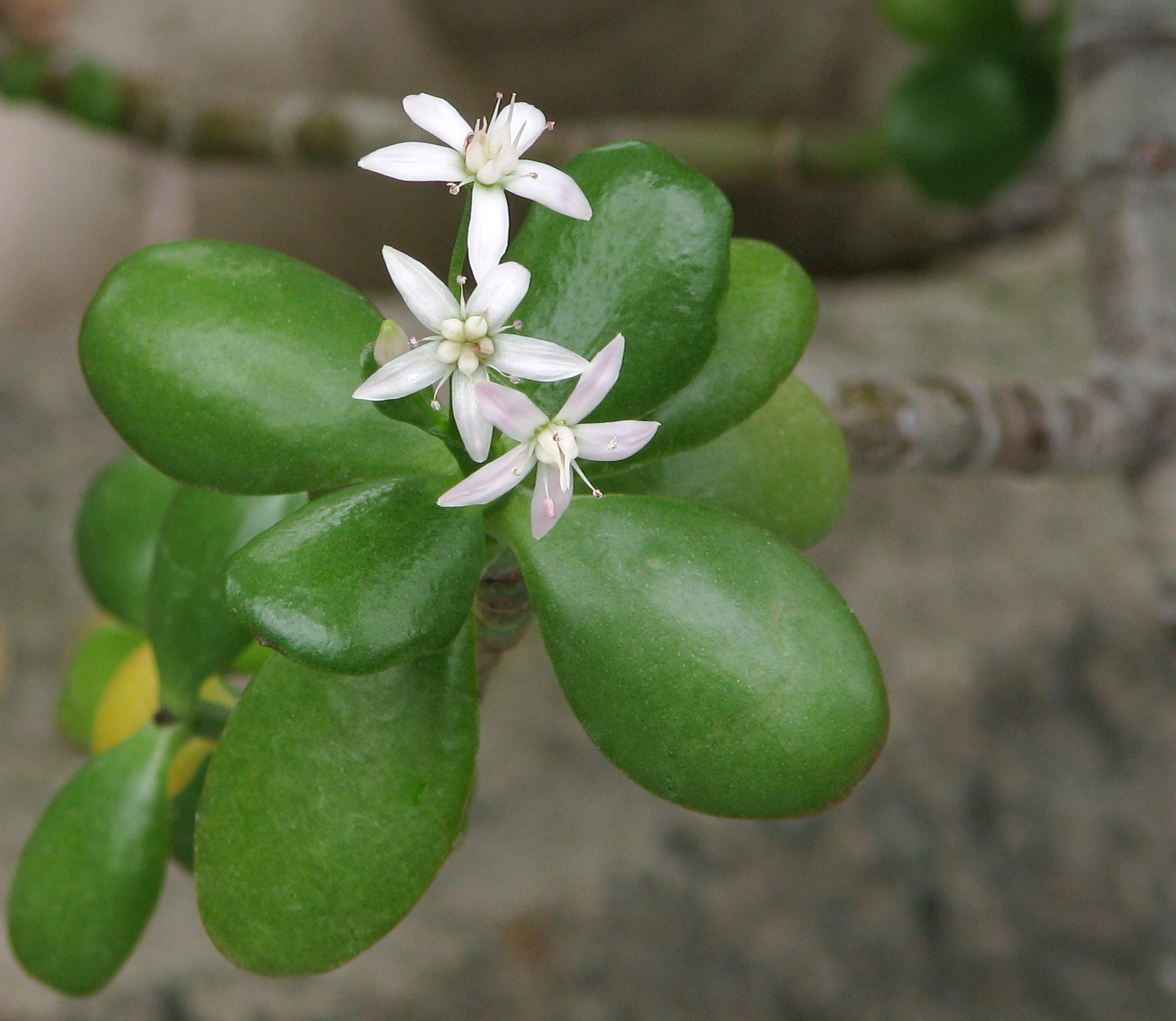
Photo by JuliaPaa on Bigstockphoto
4. Zebra Plant (Aphelandra Squarrosa)
As they’re native to the Brazilian rainforest where they grow under a thick canopy of tree leaves, zebra plants like lots of light, but not direct sunlight.
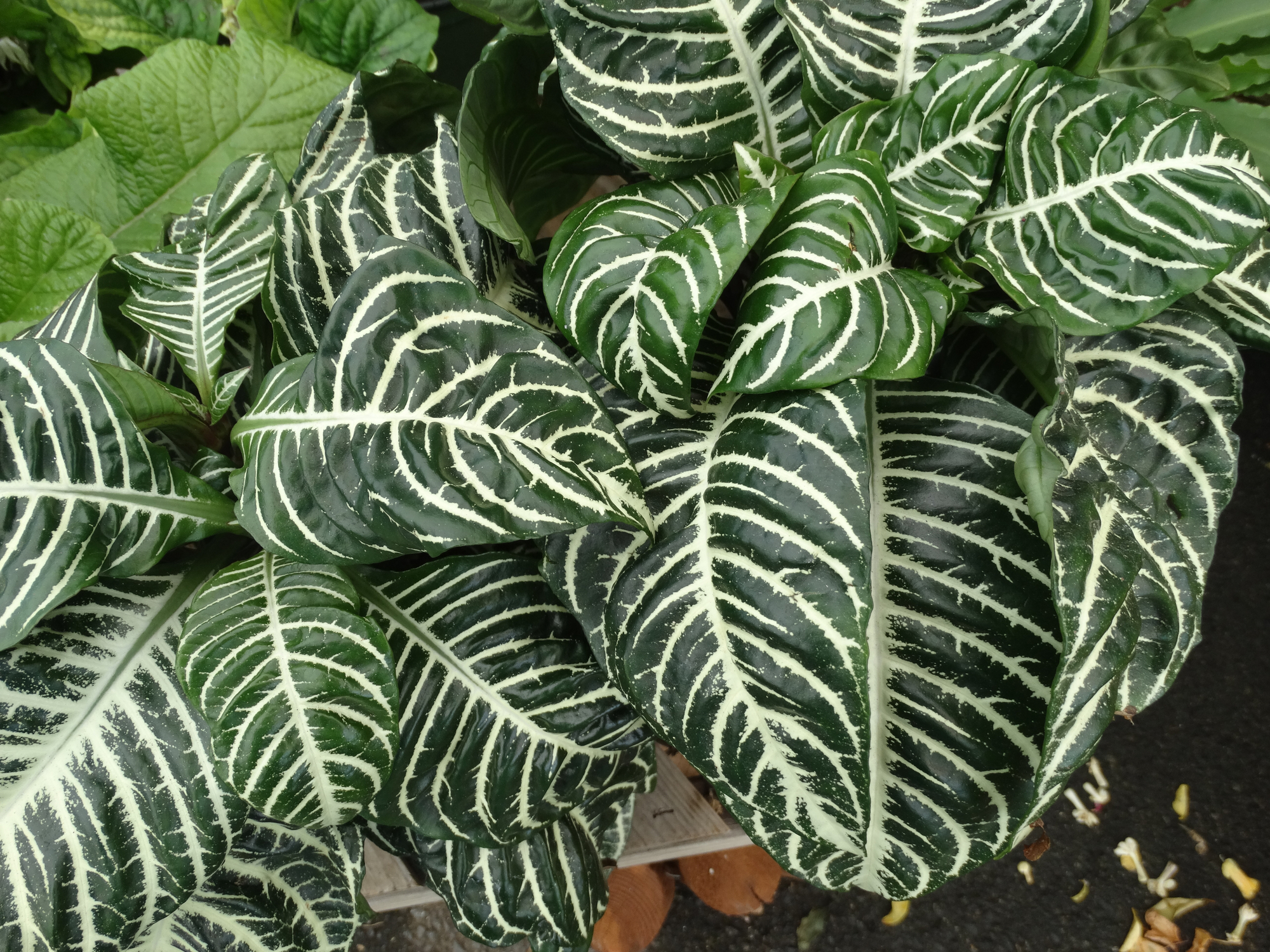
Photo by Westhimal on Dreamstime
This plant has sensitive water needs. Too much or too little water will cause the lower leaves to brown and fall off. It likes to be kept moist, but not wet. Zebra plants need small amounts of water given often instead of being given thorough waterings once in a while.
Zebra plants don’t bloom often, but can be encouraged to bloom by prolonged daily exposure to light.
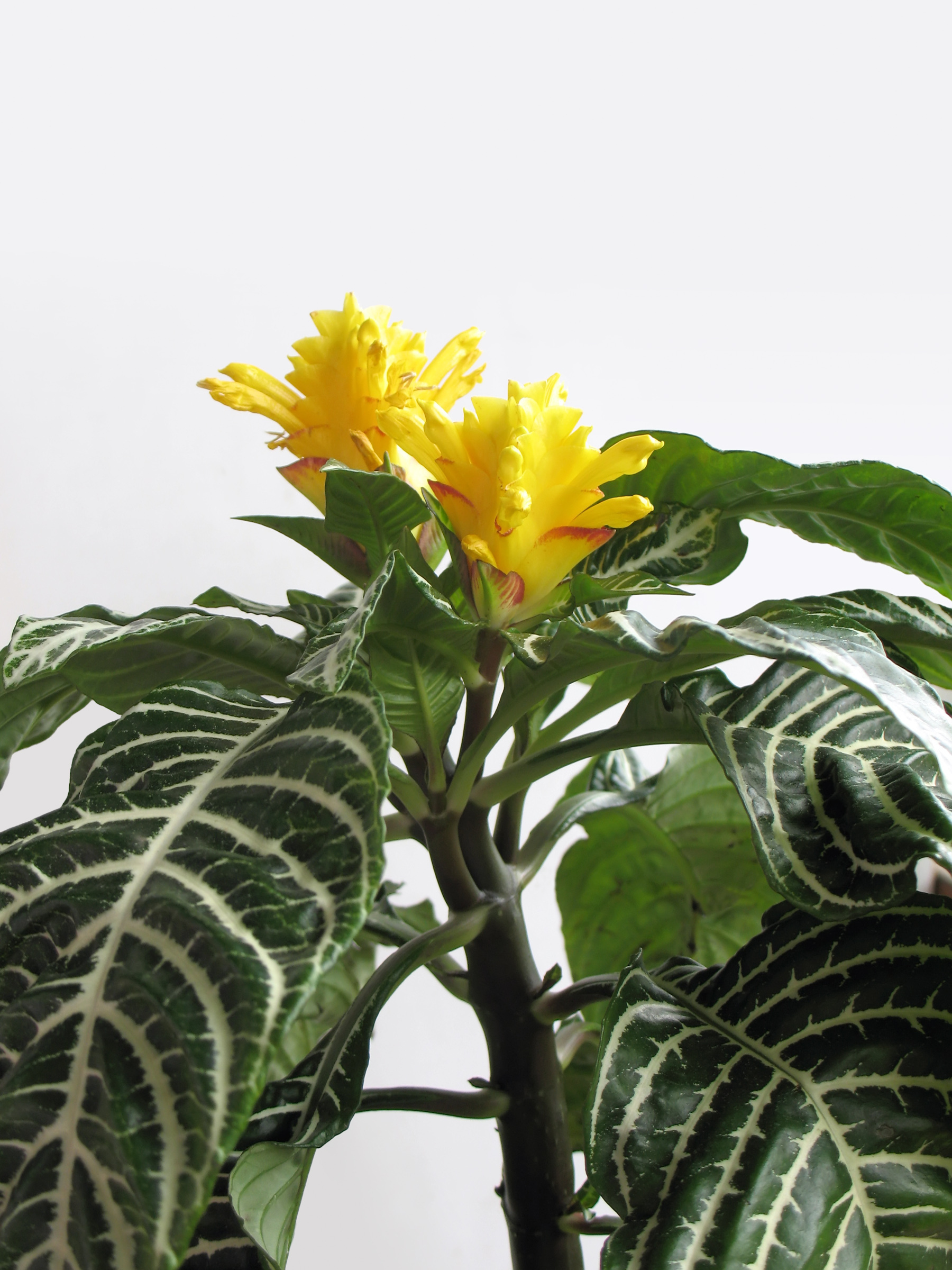
Photo by Photobank on Adobe Stock
Fertilize every two weeks, and keep the soil moist, but not wet. If your zebra plant starts looking droopy, it’s a sign of too much water.
5. Echeveria (Echeveria Succulent)
These succulents can make a bold statement on a kitchen table or foyer entrance but they’re easy to take care of.
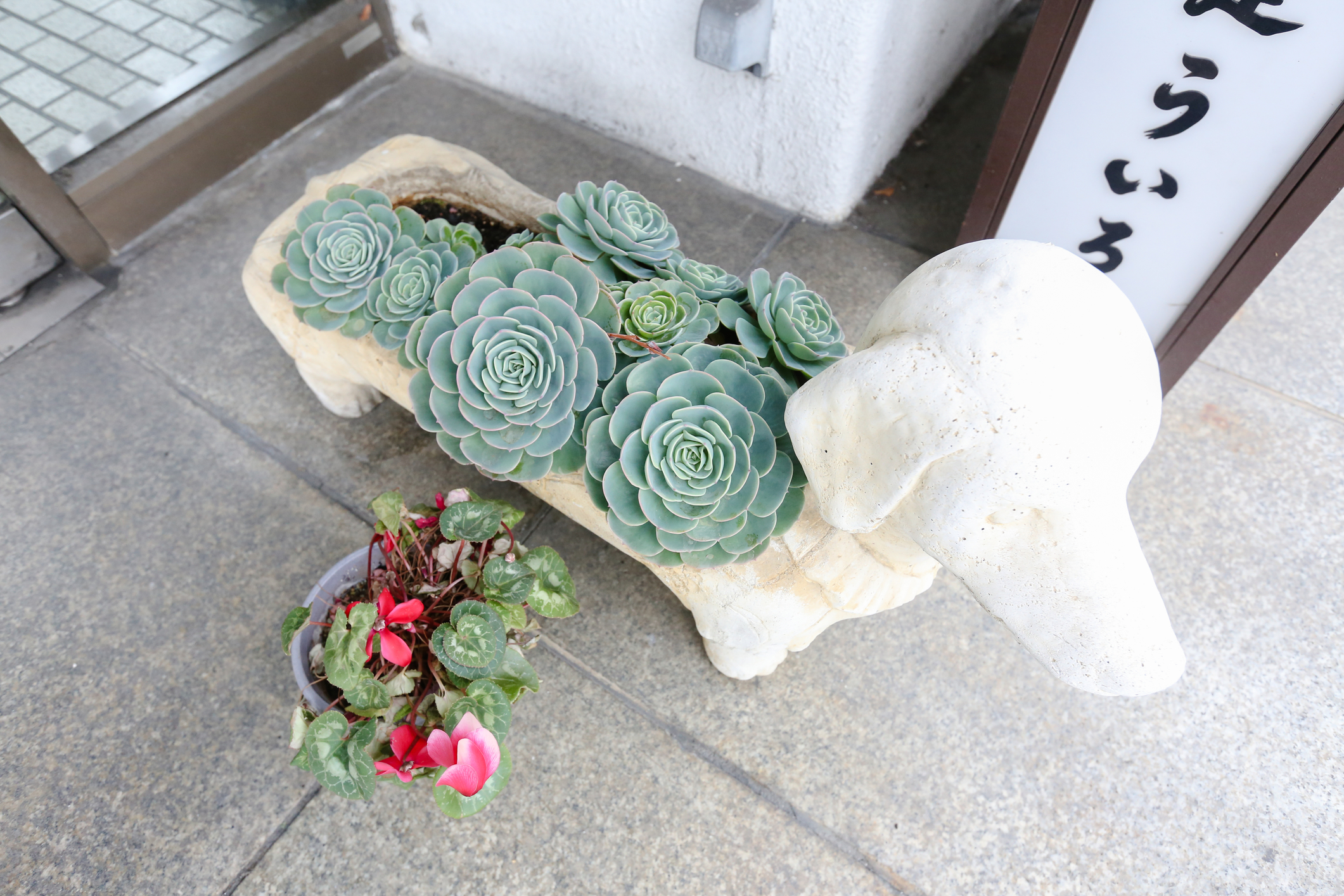
Photo by Settawut Visedbubpha on Dreamstime
Echeveria come in well over 100 different leaf shape varieties, and they will give you gorgeous blooms in late-summer if their easy requirements are met.
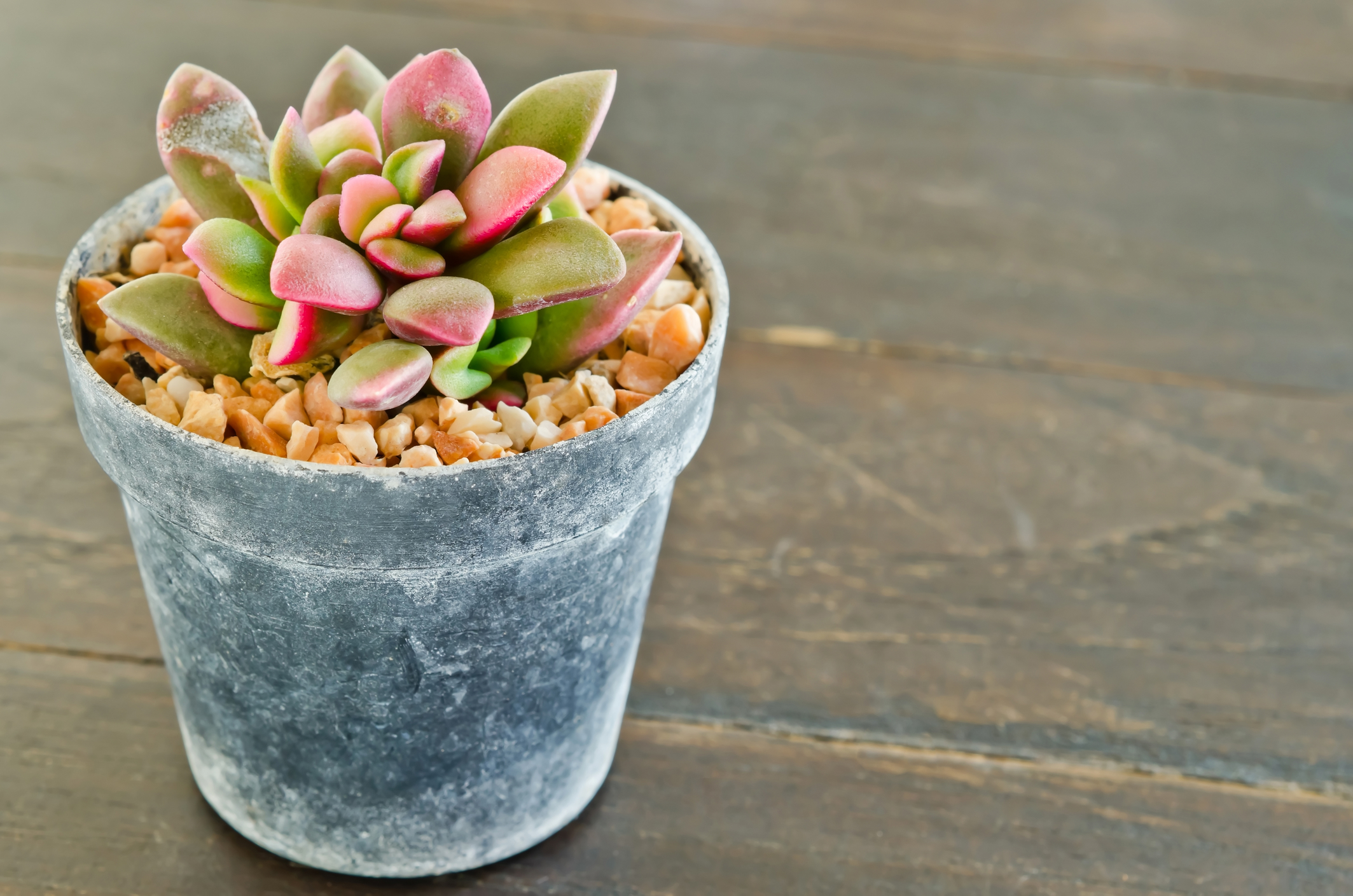
Photo by tomgigabite on Shutterstock
Echeveria don’t need much sun. In fact, too much can give them sunburn. Water your Echeveria only when it’s dry. They rarely need fertilizer, but if you decide to give your echeveria a nutrient boost, dilute the fertilizer first.
Echeveria can be propagated easily by separating offsets, by leaf cuttings, and by seeds, if your echeveria is not a hybrid variety.
6. Wax Plants AKA Porcelain Flowers (Hoya Carnosa)
Hoya carnosa is a common houseplant grown for its attractive waxy foliage and sweetly scented flowers.
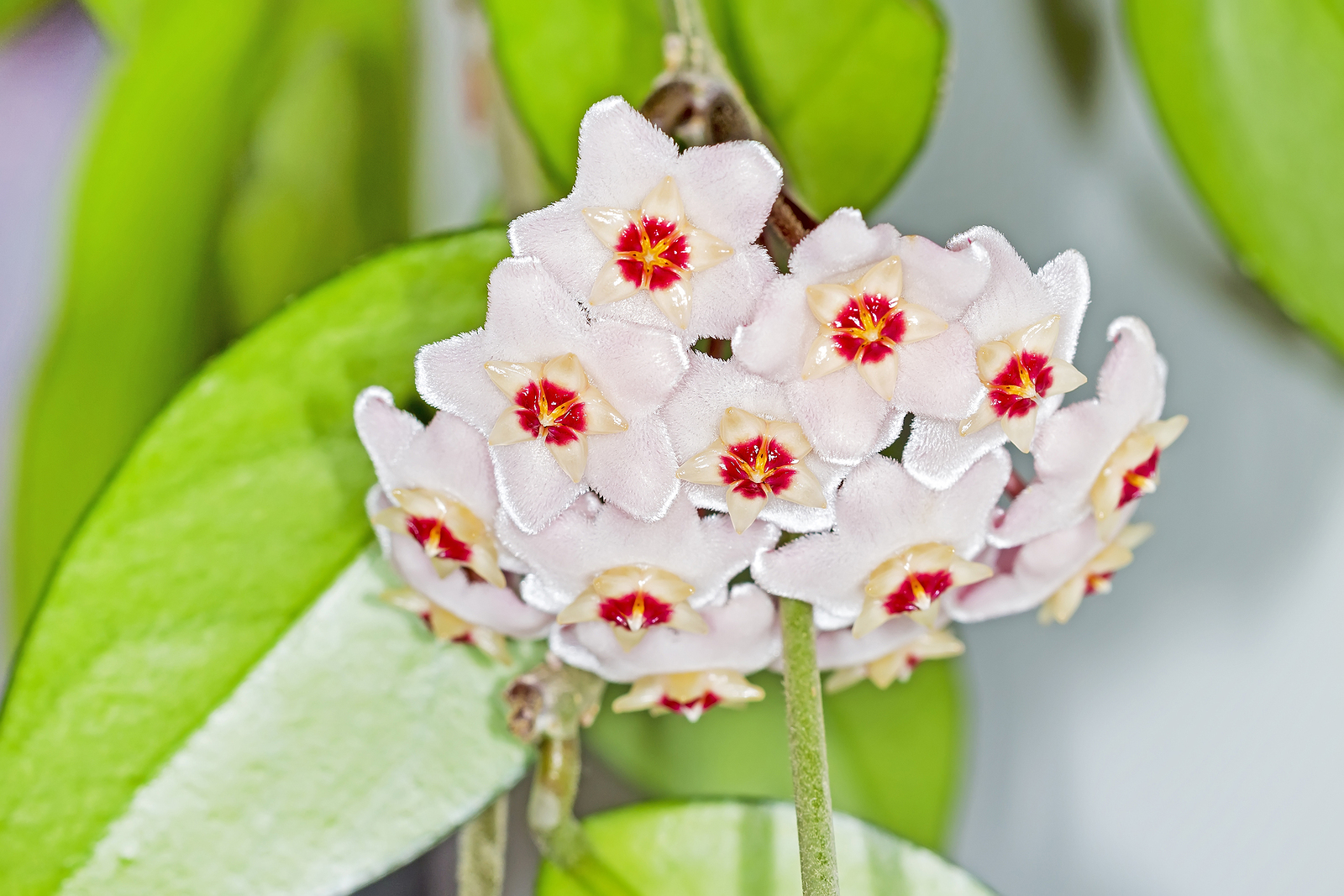
Photo by Starover Sibiriak on Shutterstock
Wax plants prefer bright light, but will tolerate much less. They can be propagated by air layering or stem cuttings.
The wax plant does well in an open potting medium that allows some air to get to the roots. Typical mixes include large-grade drainage material such as perlite, pumice, or ceramic balls.
The thick, almost leathery leaves of wax plants grow on vines that can reach lengths of up to 10 feet if they’re healthy. Wax plants like humidity, so mist them often, but not when they’re flowering in the spring or summer.
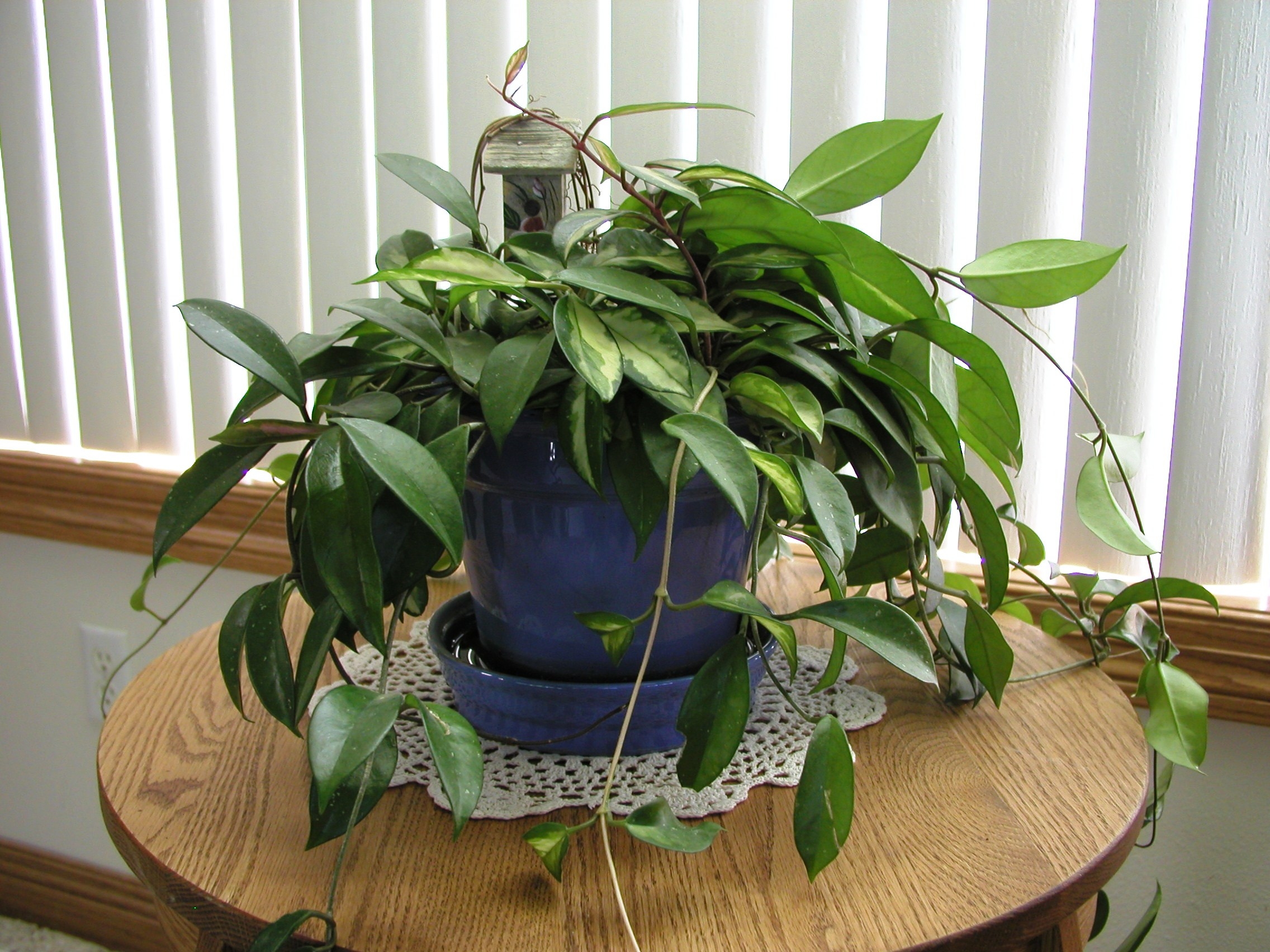
Photo by Judy Drietz on Shutterstock
Gorgeous intricate blooms sprout from their leafless vines, so don’t cut them back. The flowers rebloom in the same spots each year.
Wax plants love having a trellis to cling to, so they are great on a kitchen or bathroom window sill. Water when dry, and fertilize with the liquid type in the spring through fall.




